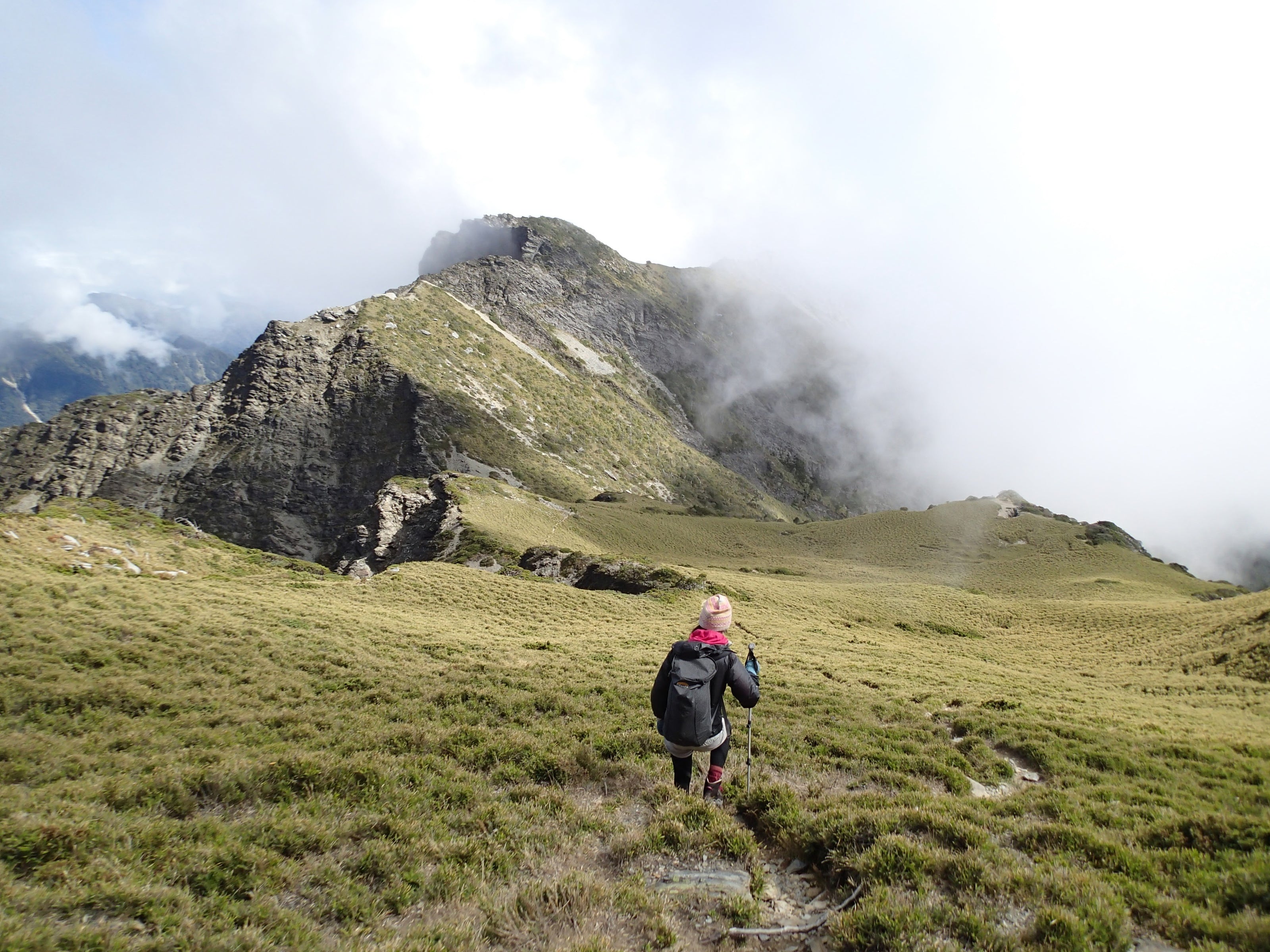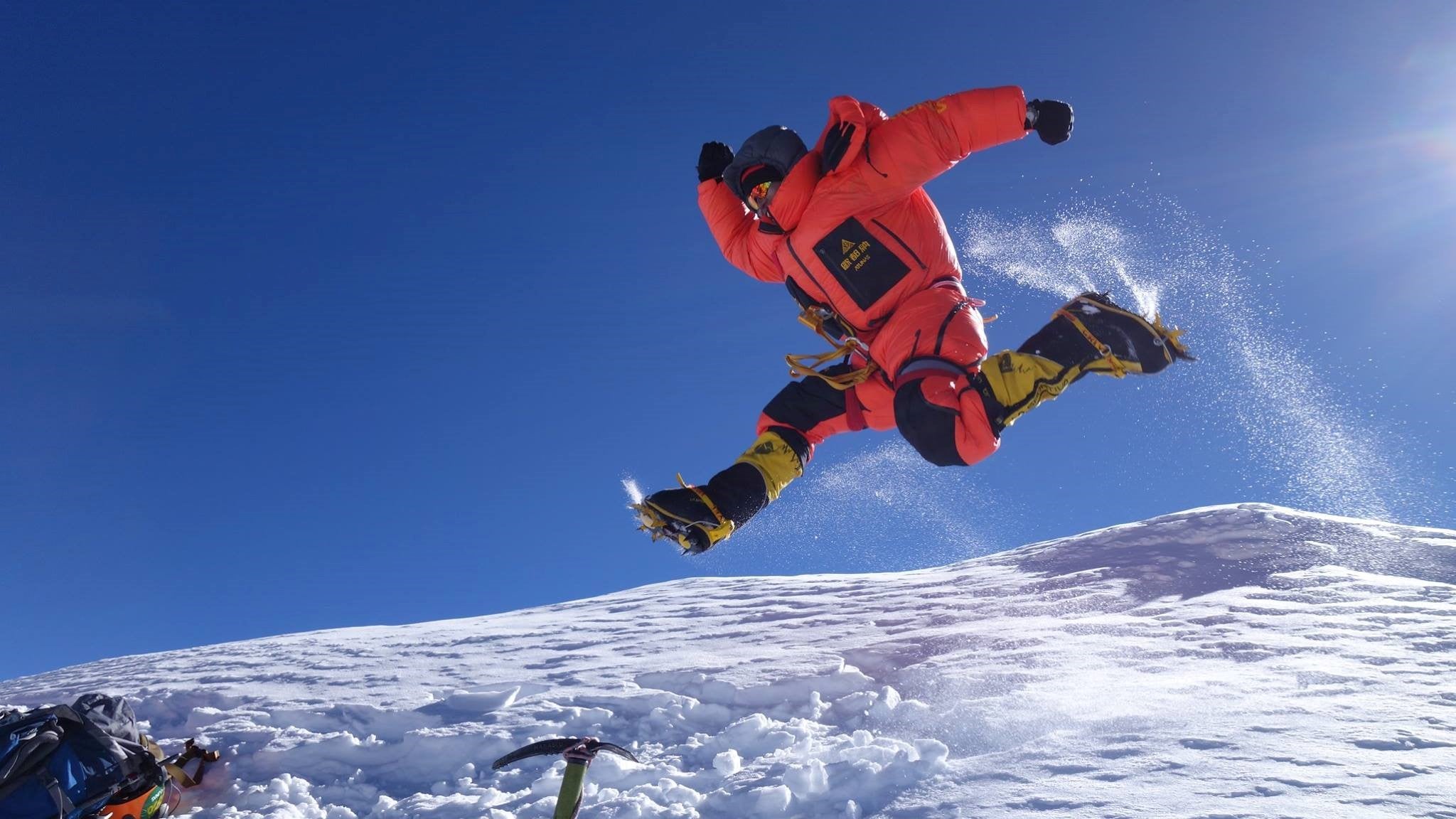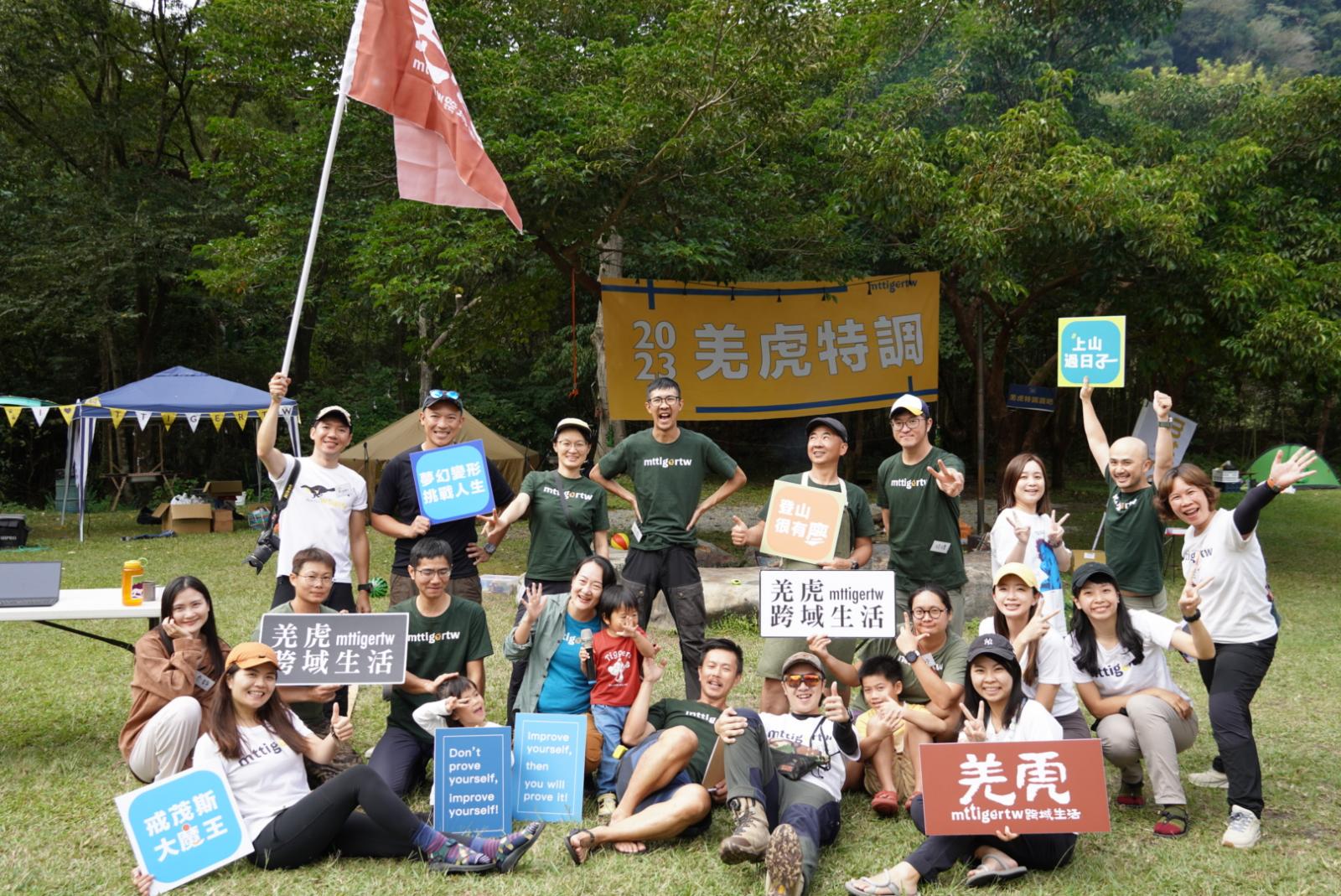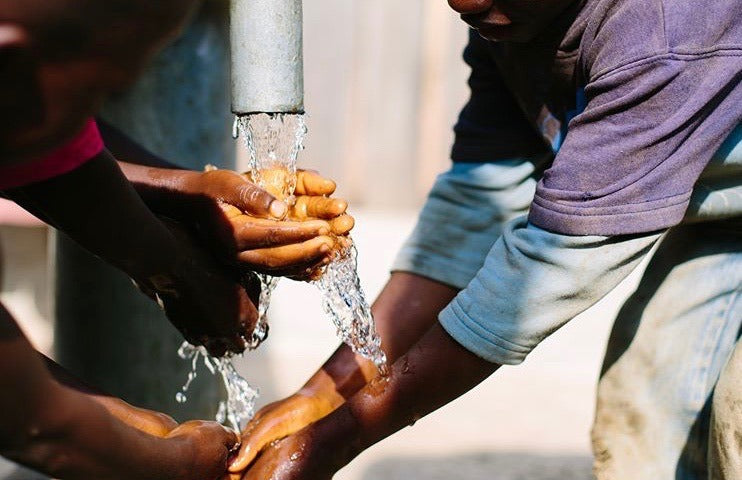Qiang Tiger Column | Liaoshan - Mountaineering Injuries
Qianghuliaoshan - Mountaineering Injuries
Author: Huang Yaohe

Tomorrow I have to take the County University Totoro bus. Today I will recall the question from last year’s Qianghu Liaoshan, about mountaineering injuries .
Everyone is accustomed to dividing sports injuries caused by mountaineering into two categories, acute and chronic. Acute sports injuries that occur during mountain climbing are analyzed from the perspective of WMAI wilderness first aid . They are divided into two types: stable injuries and unstable injuries. The complexity of handling them can vary greatly. I believe that students who have taken first aid classes have already had a preliminary understanding of them. Now that we understand it, we won’t write more about this part today.

I am not good at treating chronic mountaineering injuries. If you have a mountain guide or coach during mountaineering and tell you that he can treat your old knee problems or back pain for many years, then he may be a physical therapist, or -A sports injury doctor or the like, or a god/immortal who becomes a good doctor after a long illness? But none of them are me.
If you already have severe chronic sports injuries around the lower extremity joints, muscles, tendons, ligaments, or spine, climbing may not be a good rehabilitation exercise. Most mountain climbing has the potential to aggravate minor chronic sports injuries, so see your doctor as soon as possible.
Chronic mountaineering injuries are mostly caused by long-term accumulation of performance (excessive fatigue), or rushing to train or climb without recovery after an acute sports injury (incomplete recovery), which will cause walking movements and postures to be lost and compensated. As soon as the posture appears, if it is not adjusted in time, it is easy for another area to be used improperly, causing a bad cycle of pain.

Common examples of mountaineering injuries (1): If you continue hiking for long days without recovering from a sprained ankle, you can predict that the possibility of your knee exploding will be greatly increased .
Common examples of mountaineering injuries (2): The load exceeds the core stability ability, overtime (compression of the mountaineering trip), incomplete recovery from fatigue (touching early and dark), low back pain, and when the core cannot support the weight of the backpack, the center of gravity cannot keep up. The pace, and it was predictable that the knee would blow out again soon after.
Some people say: Then don’t carry heavy weight, just be extremely lightweight. There is nothing wrong if you only think about this level. After all, this is one of the easiest ways to prevent yourself from getting injured when you are new to mountaineering, and it is also the easiest to achieve.
But always being light, fast and compressing the stroke will not actually make you stronger. It is just false growth (increased Baiyue growth and environmental familiarity). If you do not become strong, injuries will occur sooner or later. (One positive thing you can do to avoid acute injury is to get stronger yourself, too).
So I found my own way to avoid chronic sports injuries. It is important to carry it lightly during stressful trips and to know the correct walking posture . Then find a comfortable mountainous area and do periodic backpack walking training with weights. "Don't compare your weight with others." Please compare your progress or regression with yourself. Degeneration is normal as we age, but normal degeneration can cause abnormal effects on daily life and mountaineering activities.

My personal experience above is more or less mentioned in the camping practice courses or Jie Maosjiaming Lake . For Qiang and tiger friends who don’t know how to start, the most efficient way is to go to a gym near where you live. , find a trusted strength and conditioning coach to help you, or continue to follow Coach Qiang Hu’s training ground. Let’s face the mountain that hurts us together, but the effect may be slower like traditional Chinese medicine.
 "Cross-border life of Qiang and tigers: combined with the concept of mountaineering education, through rich practical courses and professional guidance, we help mountaineers gradually establish outdoor safety awareness and skills, so that everyone can confidently face challenges in the mountains and forests. At the same time, we advocate the conservation of the natural environment It is our responsibility to pass on our love and respect for mountains and wilderness to more people, and realize a complete journey of cross-domain learning and experience.”
"Cross-border life of Qiang and tigers: combined with the concept of mountaineering education, through rich practical courses and professional guidance, we help mountaineers gradually establish outdoor safety awareness and skills, so that everyone can confidently face challenges in the mountains and forests. At the same time, we advocate the conservation of the natural environment It is our responsibility to pass on our love and respect for mountains and wilderness to more people, and realize a complete journey of cross-domain learning and experience.”



